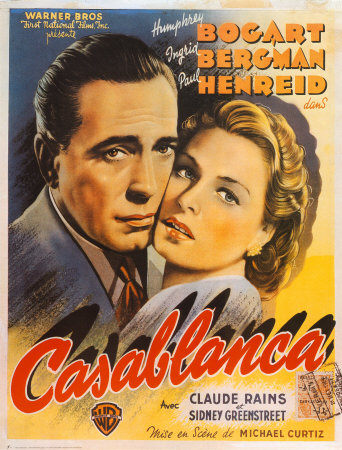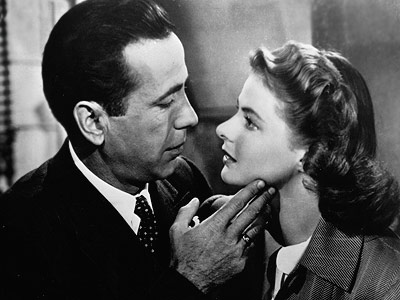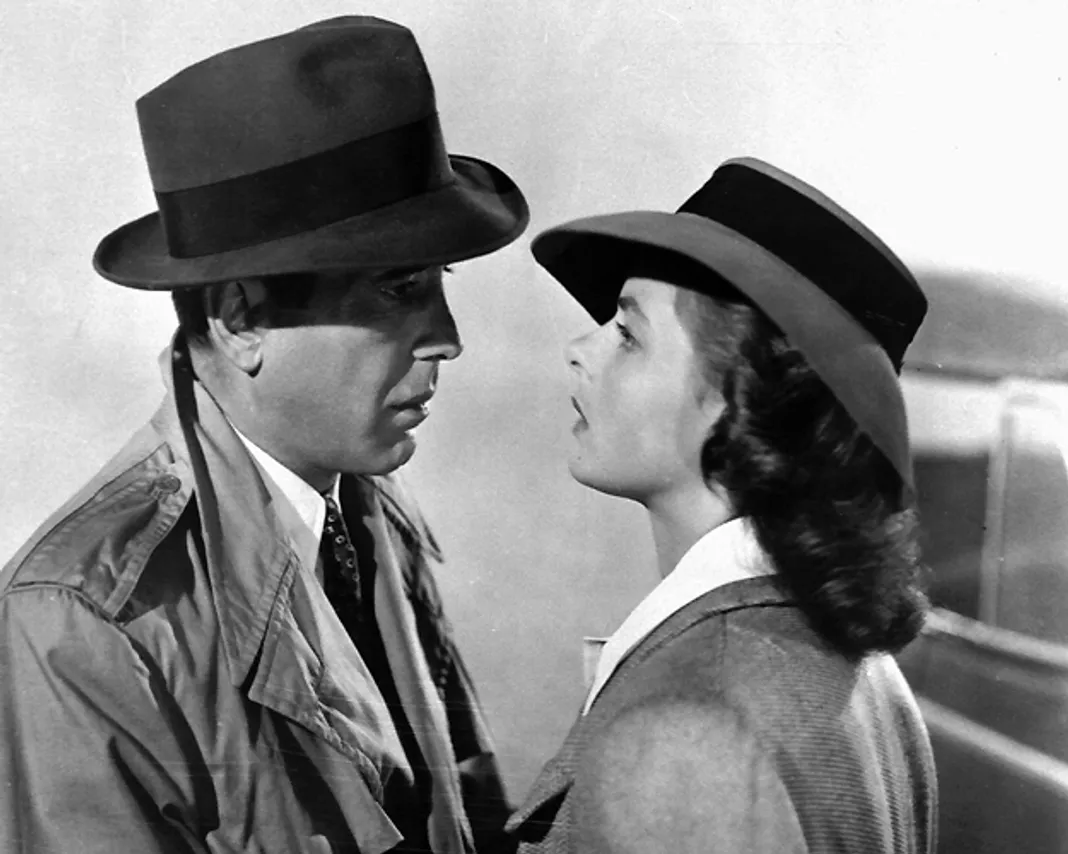 f you want to get a film historian, critic, or theorist all hot and bothered, mention the auteur theory, find out whether they support it or not, and then argue the other side. It’s fun. It’s fun because the auteur theory’s not like a math equation: it’s neither completely true nor completely false.
f you want to get a film historian, critic, or theorist all hot and bothered, mention the auteur theory, find out whether they support it or not, and then argue the other side. It’s fun. It’s fun because the auteur theory’s not like a math equation: it’s neither completely true nor completely false.
French film critics writing in Cashiers du Cinema and the French New Wave of film that it produced had this idea that the director is the “author” of the film in the same way that a writer is the author of a novel. The artwork itself reflects the personal vision of the director, regardless of whatever industrial production method the movie may have gone through as it was being made.
On the other side is the understanding that film by its very nature is a collaborative medium. In addition to the director you’ve got actors, directors, cinematographers, designers, and editors, all of whom have a significant amount of influence on any given movie both in terms of process and product.
Hollywood’s Studio System epitomizes the film as industrial product. At its heights in the 30s, Hollywood produced so many movies a week that tasks were broken down and taken care of in sequence, like an automobile assembly line. It really was a factory. The French cinephiles of the 50s promoted auteur theory as a way of fighting for individual vision within a largely faceless industrial machine.
Of course there’s a continuum here. By every account, Stanley Kubrick held complete control over every aspect of his films, up to and including acting to the extent that he would do as many takes as necessary to get what he wanted from the actor. On the other hand you’ve got, say, the films of Judd Apatow: developed through several writers, jokes written by committee, improvised under Apatow’s direction, footage compiled by an editor, these movies are made by a large collaboration of people.
The funny thing is there’s no place on the spectrum that’s better than any other. Take, for example, what many consider to be the first example of American auteur cinema: Citizen Kane. Tightly controlled by Orson Welles, the piece is a critique of itself: a movie about a ravenously controlling man made in a ravenously controlling fashion.
 Contrast that with a movie made just a year after, this week’s classic movie: 1942’s Casablanca
Contrast that with a movie made just a year after, this week’s classic movie: 1942’s Casablanca
Casablanca represents the apotheosis of the classic Hollywood studio system. It was a play written by Murray Burnette and Joan Alison, re-conceived by story editor Irene Diamond, turned into a screenplay written by Julius and Philip Epstein, rewritten by Howard Koch, with additional uncredited rewrites by Casey Robinson during production. And after all that, it was producer Hal Wallis who came up with the famous last line.
Director Michael Curtiz, brought on by Wallis after his first choice for director fell through, was hired to serve the committee-written script. Robinson has been quoted as saying that Curtiz knew very little about the story at all, given that a great deal of the dialogue was written as they went. Curtiz directed on a shot by shot, scene by scene basis. So fractured was the production of Casablanca that critic Andrew Sarris has called it “the most decisive exception to the auteur theory.” It’s also one of the clearest, most coherent and most well-wrought stories ever told by Hollywood.
Catching Casablanca on TV the other night with my friends Erin and Greg, we were immediately pulled into the story. Casablanca perfectly balances cynicism and sentimentality, romance and intrigue, lyricism and pragmatism within a perfectly wrought story filled with memorable characters. There’s a lot to be said about personal artistic vision, but there’s just as much to be said about the power of the studio system at its best. If you haven’t seen Casablanca lately, do yourself a favor and revisit one of the greats.


